- Home
- Law & Order
- A photographer spent 9 years embedded with the police in one of America's most dangerous cities
A photographer spent 9 years embedded with the police in one of America's most dangerous cities
Once Gunther fell in love with Newark, he knew he wanted to photograph it. But he wasn't sure how he should tackle the project.

He would take the PATH train from Manhattan to Newark, sit in the middle of town and think about ways to capture the city. Then, he got it. "After two or three months, I realized what was a constant in Newark was police life," he says.
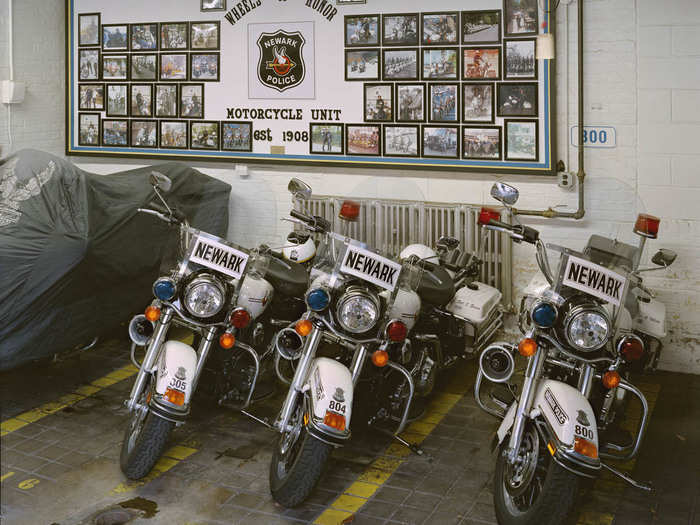
Through a string of family connections, Gunther was put in touch with the Newark Police. He sent a proposal to embed with the police force and was denied. But, he persisted. "After four months of sending proposals, I finally was accepted," he says.
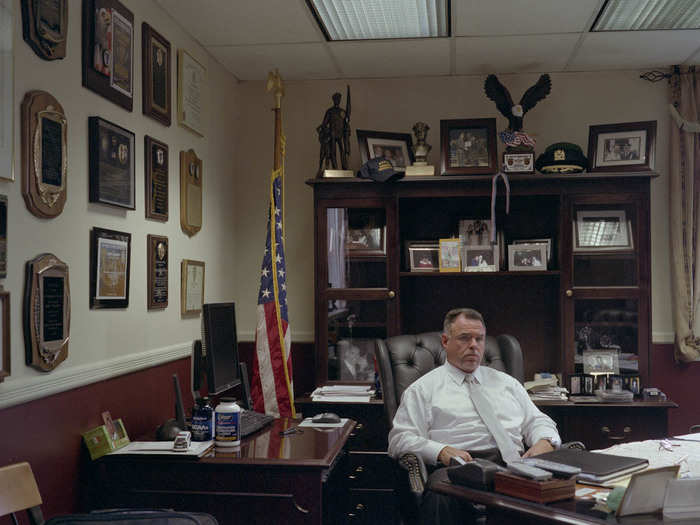
When he began working in 2002, Gunther was surprised at the state of affairs. "Newark was like the wild wild west. They were still working on word processors. The buildings were old, with no plexiglass and wood paneling," he says.
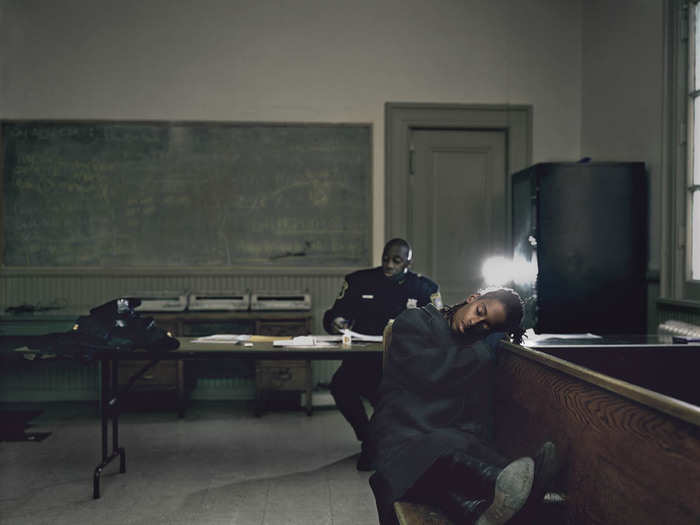
The older officers were intrigued by what I was doing, the younger ones just wanted to be left alone," Gunther explains. "The more time I spent there though, the more they relaxed and the more I was part of the team.
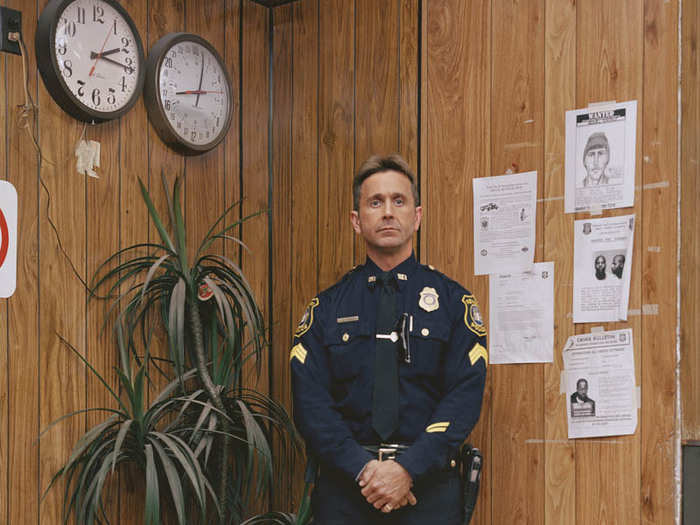
"I was able to blend in. I knew how to speak, I knew where to move, I knew when not to speak," Gunther says,
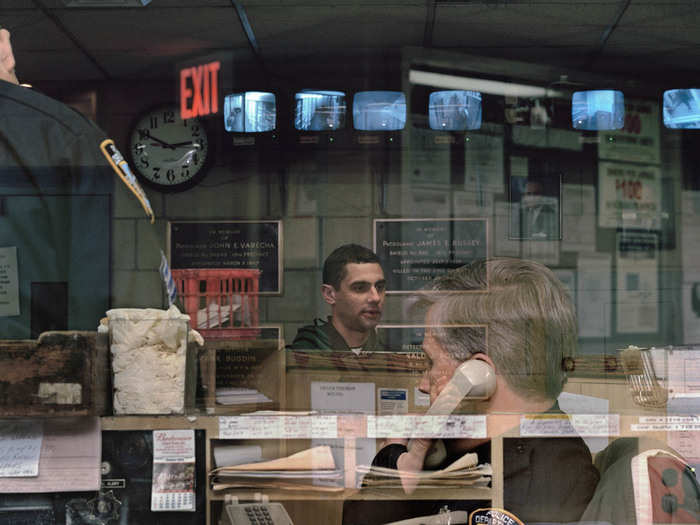
Gunther describes himself as a "street kid" who had his own "degenerate moments" during childhood. "I was never on the side of the cops, growing up, so doing this project, and coming from the side of law, was a very different way of thinking," he says.
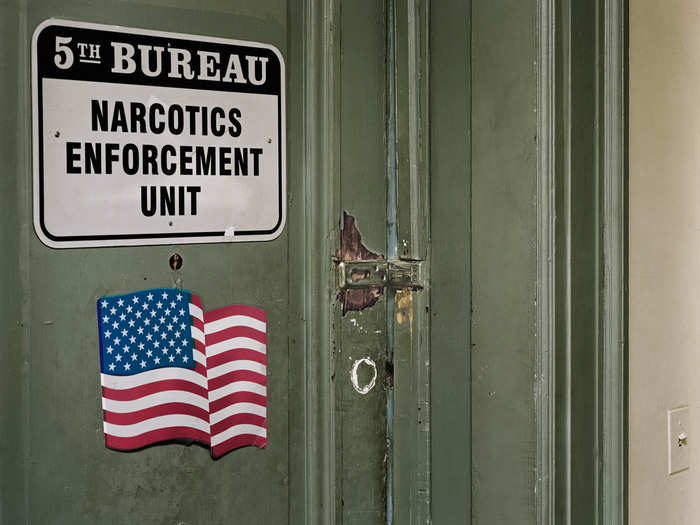
"Civilians would label me as a cop. They didn’t give me everything but they also weren’t talking back to me. You just don't talk back to a cop," Gunther says.
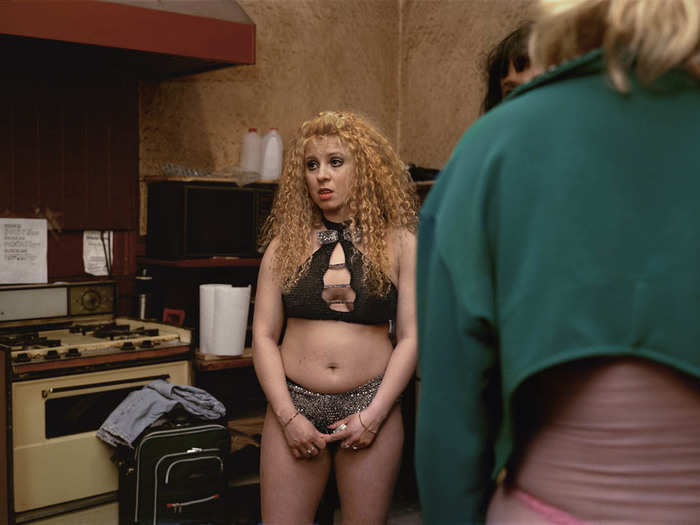
Gunther shot with a heavy large-format camera that took time to set up. This is, in part, why many of his photos lack action or violence, and appear more meditative.
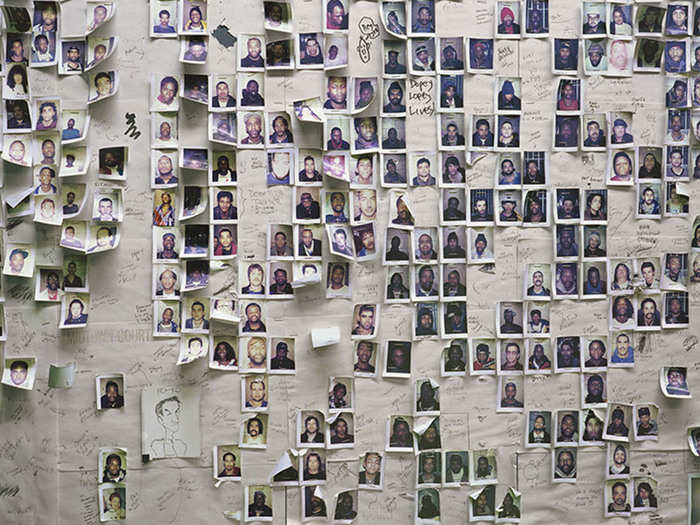
But the lack of brutality in his photos was also a conscious choice, Gunther says. "I liked the suggesting of violence, a darkness, what lurks behind the corner. That’s more of what I was going for, than literal violence... There’s so much more calm in the most violent areas of the city than there is violence, its just the fear of it," he says.
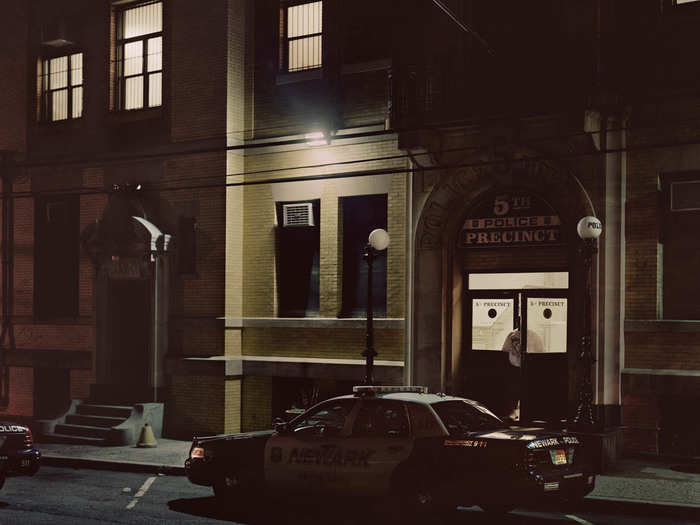
That's not to say that he didn't feel unsafe at times. While he was taking this picture, shots were fired and Gunther had to run in the dark, attempting to keep up with the police while toting a massive camera. But he made it. "Once you’re safe, it’s like going on the Coney Island roller coaster, in a way. Once you finish, you feel so damn good that you did it," he says.
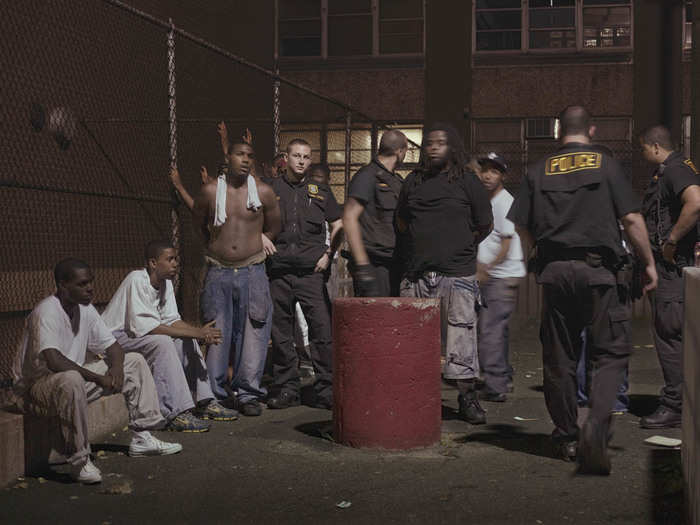
When asked about the added relevance of his photos given the unrest against the police in places like St. Louis and Baltimore, Gunther says, "I think the photos are were as relevant yesterday as they are today, and they will be in the future. This racial divide has been here a long time and has only gotten worse."
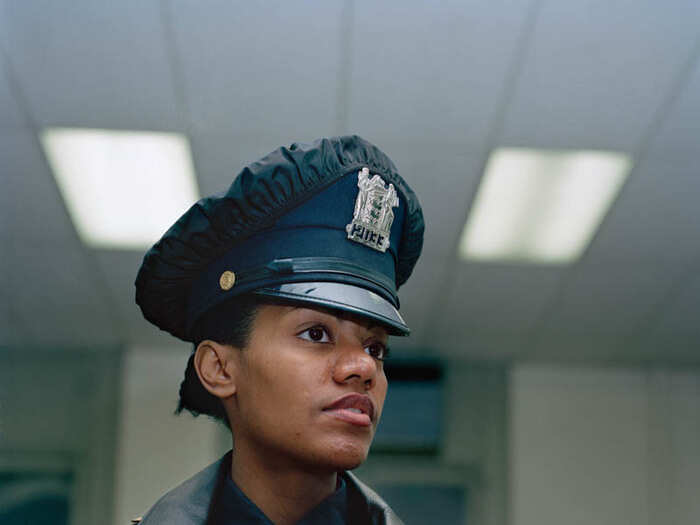
"I was with some bad cops and I was with some good cops; it ran the gamut. The bullies of your class, those tough kids were either becoming cops or perps. I’m generalizing, but that’s how it felt," he says.
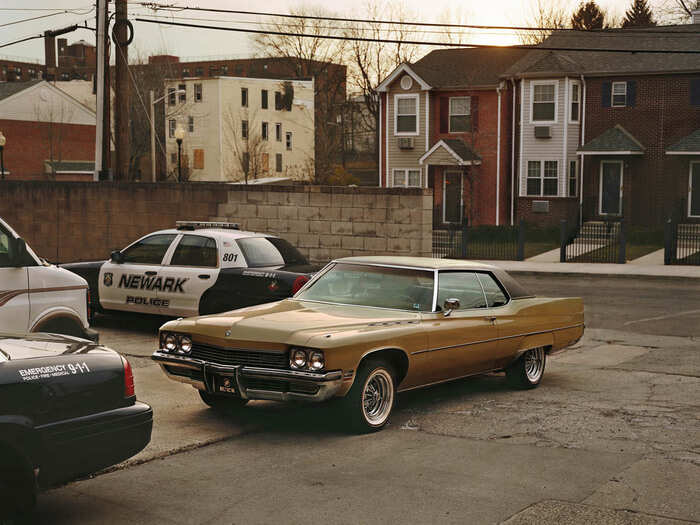
Gunther believes that Newark can function as a microcosm of the state of law enforcement in America. "I was focused on Newark as a place, but in Newark, there is racism, there is a class divide, and there is a crumbling infrastructure," he says.
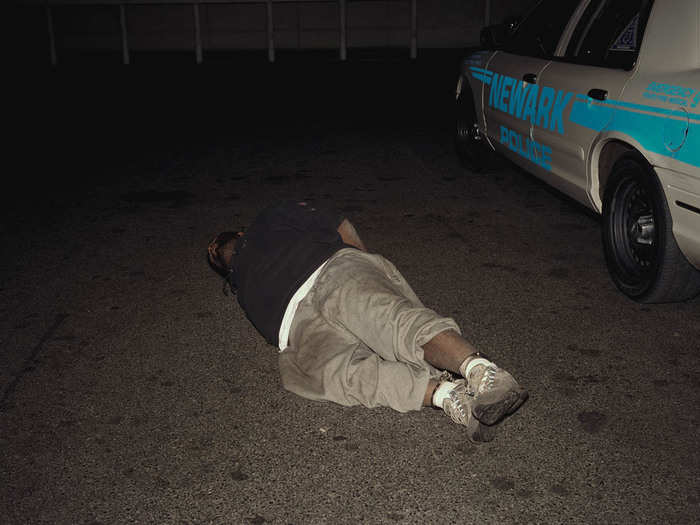
But even so, Gunther sees hope. "In Newark, even amongst that rubble, there was a good sense of camaraderie," he says. "I miss Newark, it’s a great place."
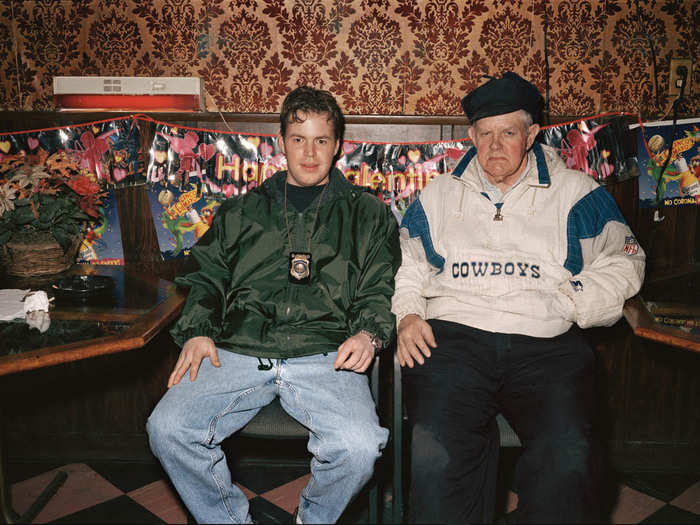
Want another inside look into police life?
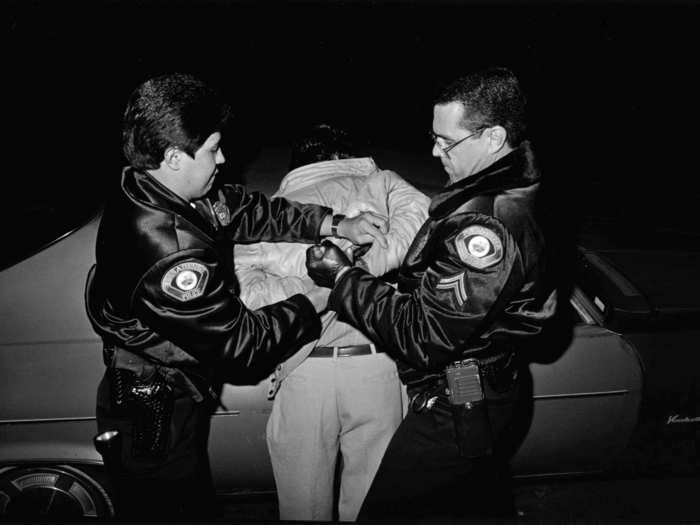
Popular Right Now
Popular Keywords
Advertisement